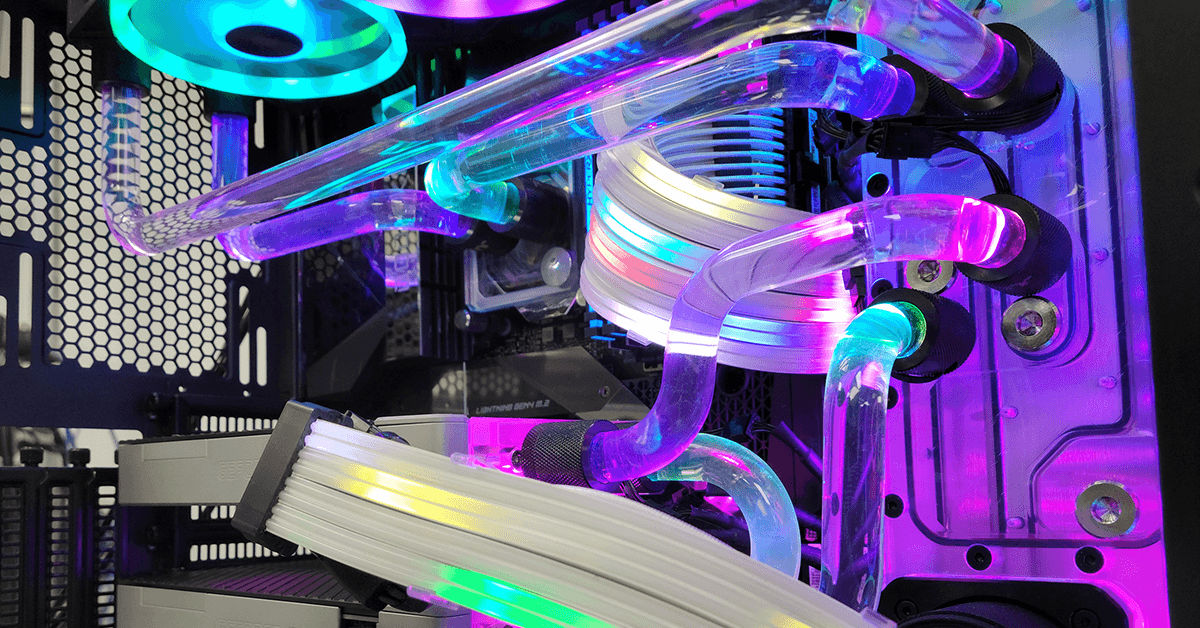Advanced analytics are everywhere, and this change has both streamlined workloads and increased the demand for more knowledge simultaneously.
Because of the need for digitization in today’s ever-evolving, artificially intelligent world, the need for more power to run machinery has been a massive side effect. Along with a skyrocketing power demand comes waste heat that must be removed to ensure the hardware runs safely.
All of this power demand is drawn from a data center, where cutting-edge cooling methodologies, like liquid cooling, keep the equipment safe. What is this new term taking the IT world by storm, and how will it change data centers? Keep reading to find out.
Staying Cool At 30kW
Few industries move faster than IT, and staying ahead of the trends is essential. One key aspect of ensuring the fastest, most reliable delivery of analytics is regularly updated hardware. But spinning machinery engines produce significant heat.
Every new generation of CPUs makes the hardware denser. The same amount of technology, along with more processing capacity, must be stored in a tinier die size. Today’s systems can reach 30kW or higher, and the old cooling techniques no longer work.
A graphical processing unit (GPU) or other floating-point operation is required to process workloads as astronomically massive as machine learning and artificial intelligence. The heat of these GPUs exceeds 176°F (80°C). Cooling these powerful units isn’t just expensive, it’s also complicated to install, maintain, and run enough systems to counteract the heat output.
How Liquid Cooling Helps
Data Centers operate like any other company—with a profit. Using air-based cooling options for today’s near-furnace-level operations means losing much of the return due to increased cooling expenses.
Liquid cooling is a potential solution to this dilemma. It’s a “new” technology in terms of using it for data centers, but the method itself has been around for centuries.
Liquid cooling is the idea that liquids can be used to exchange heat using chemical engineering to transfer dielectric fluids. This process was initially successfully explored in the 1800s as high-voltage transformers became the norm. Similar to today’s GPUs, these machines needed to be cooled and insulated. From there, the idea took off and is used today in everyday objects like car radiators.
This cooling method isn’t new to computers, either. IBM has used it since the early ‘60s with its release of System/360, and it’s seen in PCs worldwide. Moving liquid cooling into data centers is a reasonable next step.
Changing the Structure of Data Centers
This cooling method isn’t new to computers, either. IBM has used it since the early ‘60s with its release of System/360, and it’s seen in PCs worldwide. Moving liquid cooling into data centers is a reasonable next step.
This innovation would segue the process into the construction of a new or existing data center. Every building uses certain aspects, as discussed in this article by FMP Construction. But with liquid cooling, center operators use a heat plate, supply and return pipes, and radiators and fans to create a closed loop system.
Enterprise-grade IT hardware is cooled through Direct-to-Chip Liquid Cooling or immersive liquid cooling. Both categories have advantages and disadvantages that make them ideal for each data center’s operations. However, adapting the building’s structure to ensure the new equipment runs efficiently and safely is integral.
Profitable? The Research Is Still Ongoing
As they stand right now, data centers can support power rack requirements of 20kW or greater, but the trends show a need for more than 50kW. The higher thermal density properties in newer CPUs and GPUs require more intense power, and server manufacturers need to increase the number of these in each rack to meet the demand for AI today and in the future.
With current air processing units already protesting their limits, it’s unlikely they’ll withstand next-generation high-density racks. Liquid cooling isn’t a mainstream service yet, but as more of the world turns to cloud services and AI for advanced analytic operations, blockchain, and automated decision-making, it is the answer that makes sense.
How profitable it will be is an ongoing question in research, but the debate as to whether liquid cooling can withstand the demand for higher thermal transfer is a long-proven “yes.”
Conclusion
Liquid cooling is already being absorbed into mainstream data centers for high-performance computing. However, to make this transition easier, advancements in chip design and certain other technological aspects are necessary.
Still, data center operators looking for better solutions are watching this innovation closely. Already proven to work well for gaming and mainframe applications, it’s a given that this cooling process will handle the excess heat artificial intelligence and machine learning throws its way.
Recognizing and accepting the idea of liquid cooling as the future of data center cooling technology now can ensure you begin preparations in your structure.


